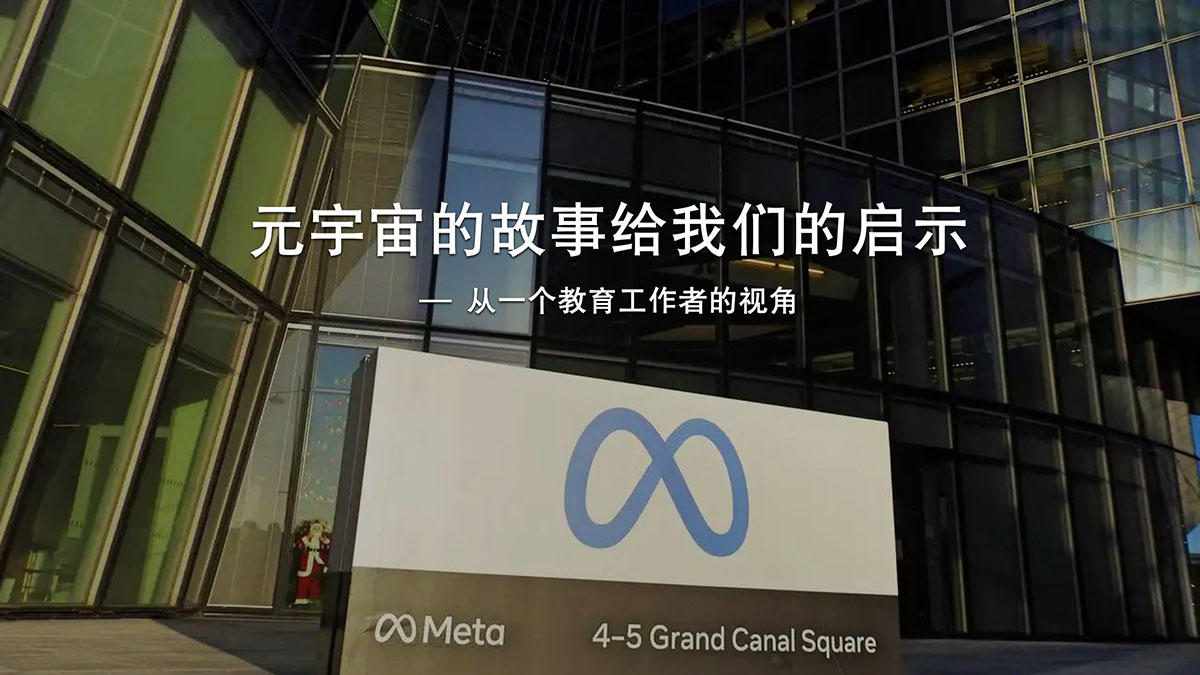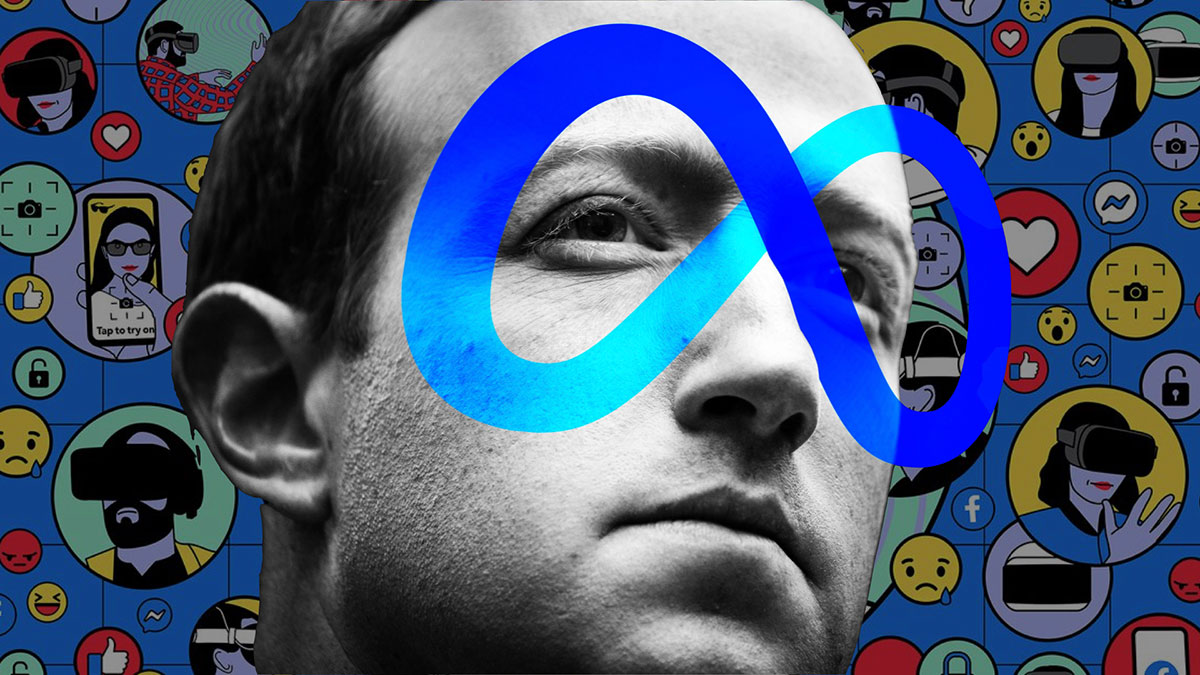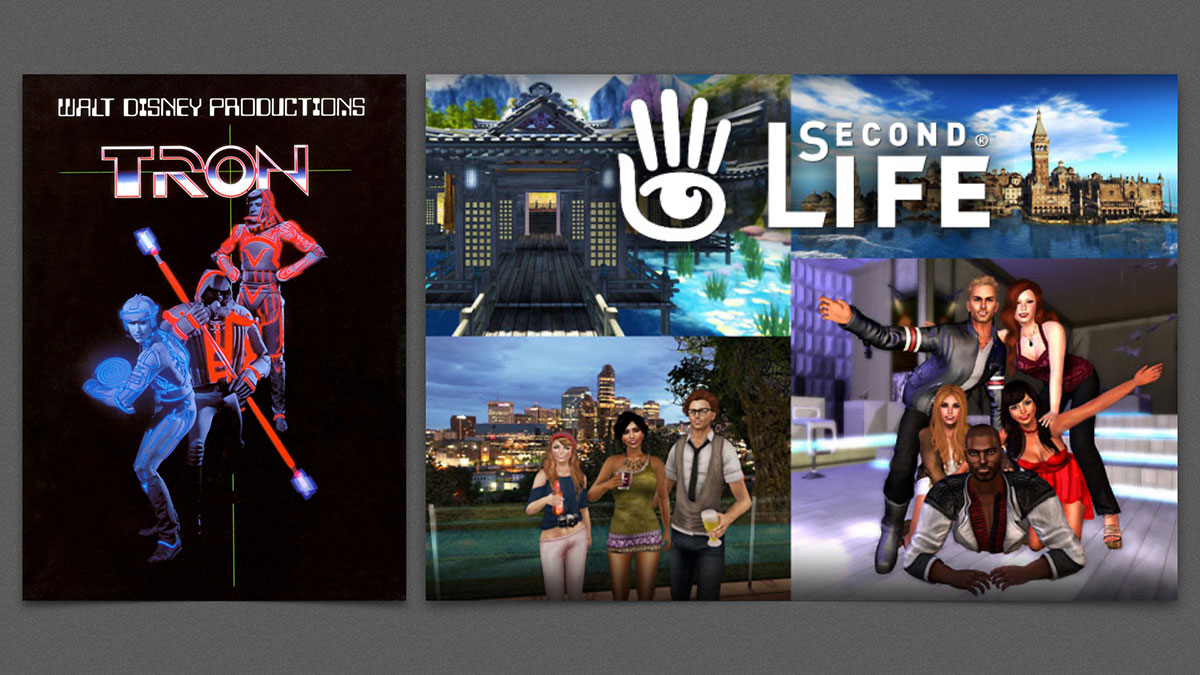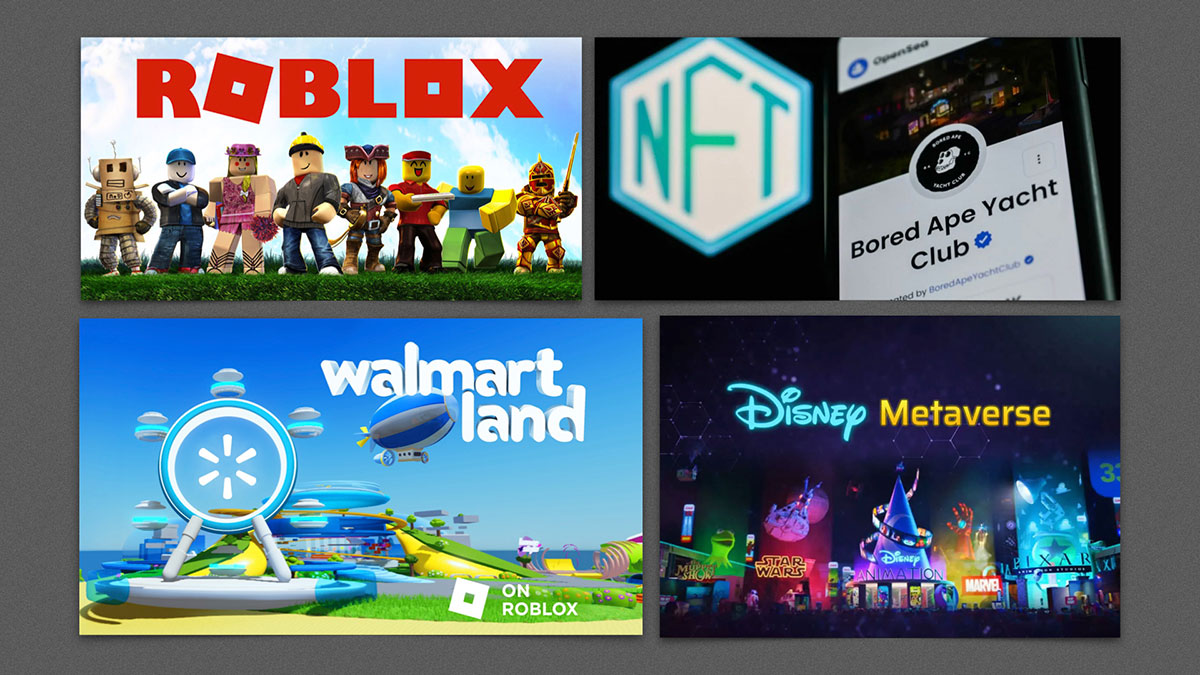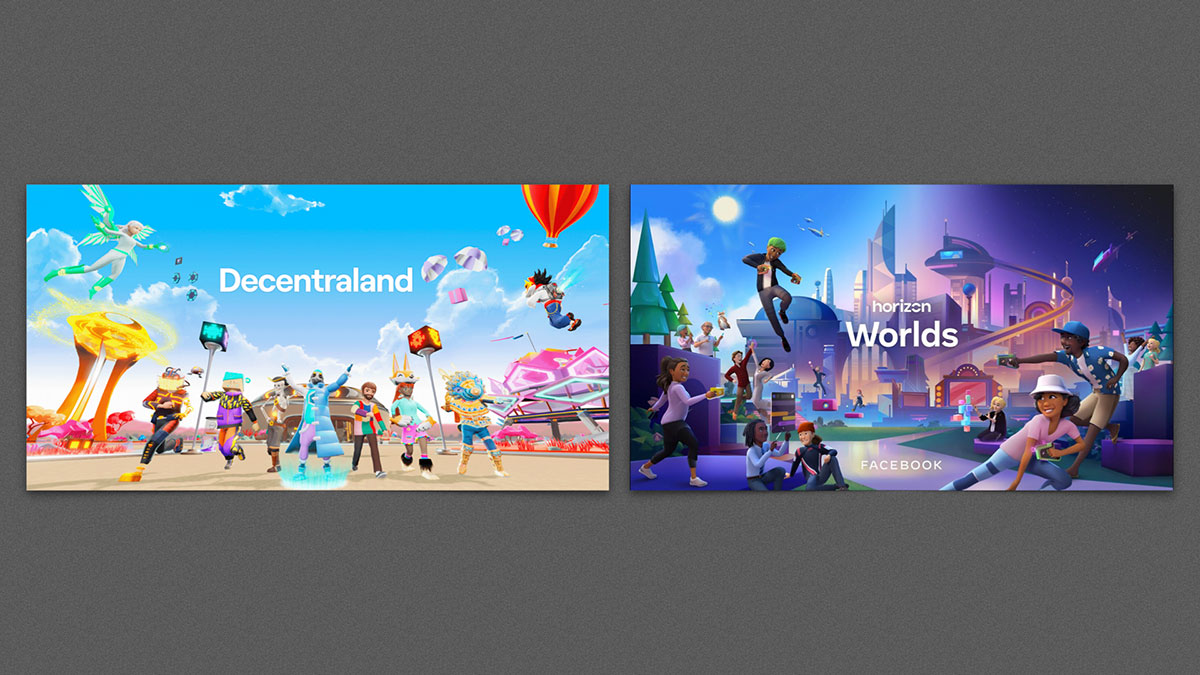News
What did the story of Metaverse teach us?
In recent years, the concept of the metaverse has attracted widespread global attention. Initially described as a virtual world constructed using virtual reality (VR) and augmented reality (AR) technologies, the metaverse was envisioned as a space where people could work, socialize, and entertain themselves. Mark Zuckerberg publicly declared that the metaverse represented the future of the internet, and he steered his company in that direction. At the same time, Bill Gates predicted in his 2021 annual review that in the near future, most virtual meetings would transition from two-dimensional images to three-dimensional spaces presented through digital avatars. In contrast, another heavyweight in the American tech industry, Elon Musk, scoffed at the idea, asserting that no one would want to keep a screen strapped to their face all day. Which of these divergent predictions is closer to the future? To answer this, it is necessary to first understand the origins of the metaverse concept and its developmental trajectory.
The concept of the metaverse is not a recent invention. Its origins can be traced back to the 1982 film *Tron* and the 2003 computer game *Second Life*. In *Tron*, the story follows a computer genius whose game is stolen by a colleague; while attempting to reclaim his intellectual property, he is inadvertently drawn into a virtual world. There, he teams up with a guardian program to defeat a malevolent system, ultimately recovering his work and restoring balance between humans and computers. *Second Life*, on the other hand, provided users with a multi-user online virtual platform where they could create digital avatars and interact, socialize, and trade within a virtual world. Clearly, the metaverse is not an original idea of Mark Zuckerberg; rather, it is a product of years of technological evolution and the accumulation of conceptual ideas.
In October 2021, Zuckerberg announced that Facebook would be renamed Meta, adopting the metaverse as the core concept for the company’s future development. Following a highly publicized debut, the metaverse quickly became a hot topic in the tech industry and was seen as a potent tool to attract Wall Street investors. In promotional materials, Zuckerberg depicted a future scenario where people would interact seamlessly in a virtual world, able to “make eye contact” as if they were in the same room. However, during an interview with CNBC’s Jim Cramer, although Zuckerberg confidently predicted that one billion people would use the metaverse and that each person would spend hundreds of dollars in it, he could not clearly explain what exactly people would be buying with their money. In fact, despite the concept of a virtual world where users interact via digital avatars having existed since the late 1990s, Meta’s only tangible metaverse product to date—the VR platform Horizon Worlds—has not provided a clear implementation path or a compelling vision for the future.
It is noteworthy that when Zuckerberg introduced the metaverse concept at the peak of the pandemic, it was based on the urgent need for online communication and remote interaction. As the global pandemic gradually subsided and face-to-face interactions in the physical world resumed, the long-term viability of the metaverse as a mode of communication came into question. Nonetheless, the vague and hard-to-define concept of the metaverse rapidly ascended to the pinnacle of the business world. Soon after Meta’s announcement, it seemed that every company was rushing to launch metaverse-related products, yet most businesses failed to clearly explain what the metaverse was or why they were offering related products.
Microsoft CEO Satya Nadella emphasized at the 2021 Ignite conference that the metaverse would not only change how people view the world but also profoundly affect how they engage with it—from factory floors to boardrooms without exception. Based on this belief, in October 2022, Microsoft established an "Industrial Metaverse Core Team" to help the company and its clients venture into this entirely new virtual realm. However, just a few months later, Microsoft scrapped this initiative and disbanded the core team. At the same time, the online gaming platform Roblox took advantage of the metaverse hype to conduct its first public offering since its founding, reaching a valuation of $41 billion; the cryptocurrency industry attempted to link the metaverse with the financial market by promoting concepts like NFTs and digital land; and traditional companies such as Walmart and Disney also declared their entry into the metaverse arena by establishing projects like Walmart Land and Disney Metaverse.
The enthusiasm of these various enterprises fueled optimistic forecasts on Wall Street regarding the growth potential of the metaverse. Consulting firm Gartner predicted that by 2026, 25% of people would spend at least one hour a day in the metaverse; *The Wall Street Journal* claimed that the metaverse would fundamentally change the way we work; McKinsey estimated that the metaverse could create up to $5 trillion in value; and Citibank even released a report suggesting that the metaverse would present a $13 trillion opportunity. However, despite the intense media hype and rosy market predictions, the metaverse has never achieved healthy development. Its commercial visions and market expectations were largely based on vague promises, and the actual number of metaverse users remained scant. For instance, Decentraland—a well-funded, decentralized metaverse product—boasts an ecosystem where only a handful of users are active daily. Meanwhile, Meta’s Horizon Worlds had less than 200,000 monthly active users as of October 2022, falling far short of its target. Reports even indicated that only 9% of the virtual worlds created on Horizon Worlds were visited by more than 50 players, and the platform suffered from significant technical flaws, to the extent that even Meta employees were reluctant to use it. According to *The Guardian*, one of its reward features generated less than $470 globally. These figures clearly demonstrate that despite a market capitalization in the hundreds of billions, Meta failed to win genuine user adoption for its metaverse product.
As the global economy slowed and generative artificial intelligence technology rapidly emerged, the luster of the metaverse began to fade. Meta’s Reality Labs, which focuses on VR and AR hardware, recorded a loss of $13.7 billion in 2022. Since Zuckerberg’s major investment in the metaverse was announced, the company’s stock price has dropped by more than 70% within a year—from over $9 trillion to approximately $3.44 trillion—causing Meta to fall out of the top 20 most valuable companies in the United States. In November 2022, Zuckerberg announced that the company would lay off over 11,000 employees, accounting for 13% of its workforce. Not only Meta, but Microsoft also closed its virtual workspace platform AltSpaceVR just a few months later, dismantled its 100-member “Industrial Metaverse Team,” and implemented significant layoffs in its HoloLens division; Disney shut down its metaverse department in March 2023; Walmart terminated its Roblox-based metaverse project; and China’s Tencent is abandoning its plans to develop dedicated metaverse hardware. These moves indicate that the enormous investments and market hype surrounding the metaverse—a concept that never matured—failed to deliver expected returns and impacted tens of thousands of workers.
Amid the setbacks in metaverse development, Meta began a strategic pivot. In March 2023, Zuckerberg announced that the company’s largest investment would shift toward artificial intelligence and that this technology would be integrated into all of its products. By April, Meta’s Chief Technology Officer Andrew Bosworth revealed that the company’s leadership had largely redirected its focus to AI, with all signs indicating that Meta was gradually abandoning the metaverse. The rise and fall of the metaverse offer us valuable lessons: even the most cutting-edge digital technologies require clear use cases, a well-defined target audience, and products that users are willing to adopt. The metaverse attempted to replace real-world interaction with illusory social and remote communication scenarios, but in reality, current video conferencing and face-to-face interactions already effectively meet most communication needs. Technological tools are merely means to realize creative ideas, and the core of any innovation always lies in creativity itself—not in transient technological fads.
The story of the metaverse has not only affected the technology industry but has also reverberated into the field of education. In response to the societal demand for relevant talent and to promote technological innovation, on September 24, 2022, Nanjing University of Information Science and Technology announced the establishment of the country’s first metaverse-named department by renaming the Information Engineering Department of its School of Artificial Intelligence as the Department of Metaverse Engineering. By July 2023, a total of 86 universities across China had strategically positioned themselves in the metaverse field, primarily by setting up related majors, building metaverse laboratories, training platforms, innovation centers, and research institutes. Although the initial intent was to seize the emerging technological high ground, this rush has also exposed many drawbacks. Some universities, without adequate market research or assessment of technological maturity, invested vast sums in metaverse-related facilities, leading to wasted resources and redundant construction. The curriculum design in these programs was often inadequate and accompanied by insufficient faculty, resulting in graduates who did not meet market needs. Moreover, by overly chasing after the latest trends while neglecting practical application, some research centers became mere publicity tools without clear research directions or project plans. The failure to break down traditional disciplinary barriers and foster sufficient interdisciplinary integration further weakened their overall competitiveness. Finally, the gap between market expectations and the technology’s conversion cycle led to difficulties in graduate employment and the transformation of scientific research results.
In the face of this situation, educators must learn from these lessons and avoid falling into the trap of technological hype. First, educational institutions must clearly define their educational goals and core values, carefully assessing whether new technologies genuinely contribute to achieving these objectives. It is also critical to evaluate the actual effects of a technology on students’ learning and creativity through practical trials. Equally important is the training and support for teachers; only when educators fully grasp and effectively utilize new technologies can educational reform succeed. Additionally, schools must conduct cost-benefit analyses, weighing the investments in hardware, software, training, and maintenance against the potential returns. During the implementation of new technologies, student participation and feedback are essential in evaluating their feasibility. Institutions should remain flexible and adjust in a timely manner to the evolving technological landscape.
Technological evolution has brought unprecedented opportunities and challenges to the field of art and technology education. New digital tools and platforms offer a wealth of methods for artistic creation, enabling students to express their creativity through mediums such as virtual reality and interactive media. Interdisciplinary collaboration has become increasingly common, as art students work alongside engineers, computer scientists, and designers to explore the integration of technology and art. This collaboration not only drives technological innovation but also enhances students’ digital literacy and overall capabilities. Much like how, following the 1998 merger of Citigroup and Travelers Group, New York design firm Pentagram was commissioned to create a new logo for Citi—a process that, despite a brief negotiation, resulted in a design created in minutes by the experienced designer Paula Scher—the lesson is clear: innovation depends not on high-end technology alone, but on deep creative reserves and sharp market insights. Paula Scher’s ability to distill decades of experience into a simple design in just minutes underscores that creativity, not fleeting tools or technical trends, is the true measure of successful innovation.
In conclusion, the metaverse, as a technological concept, once sparked a massive wave of market hype and industrial excitement, yet its eventual failure has taught us a profound lesson. Whether in the technology sector or in education, it is essential to be guided by clear goals and practical needs, focusing on long-term planning and real-world application rather than transient technological trends. As educators, we must steadfastly prioritize cultivating students’ creativity and comprehensive literacy, employing careful evaluation and adaptive strategies to ensure that the application of new technologies ultimately brings lasting and meaningful value to education.
